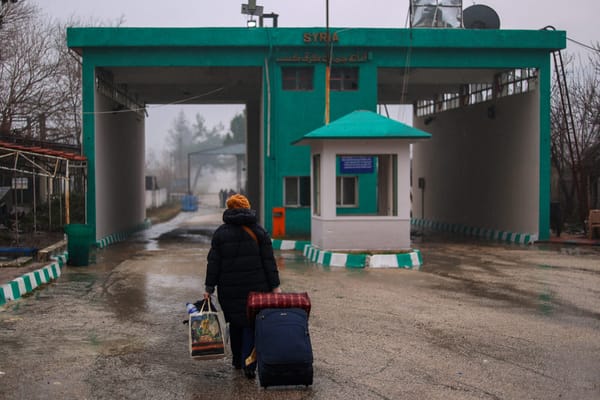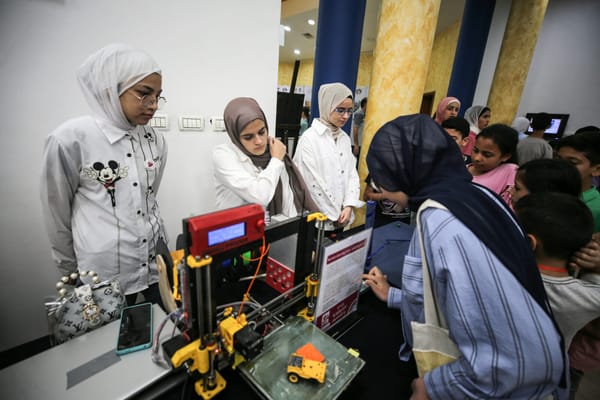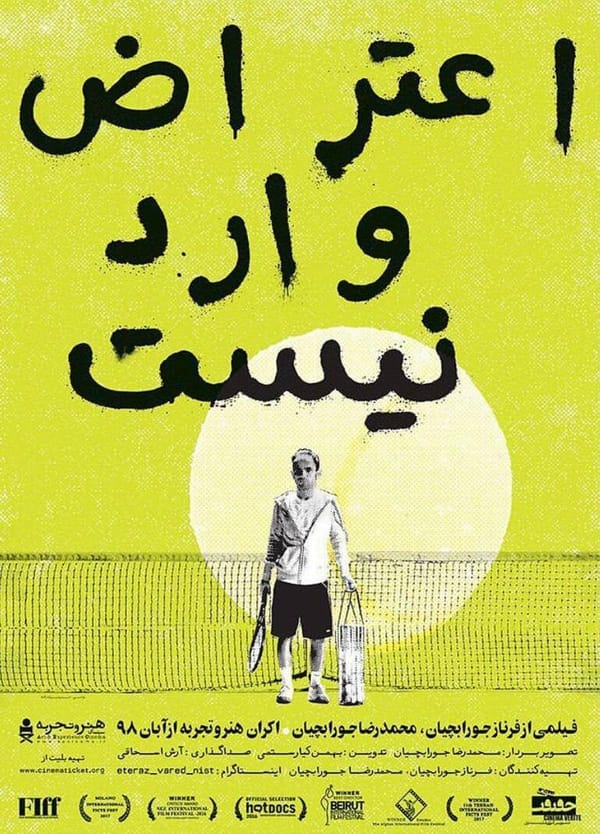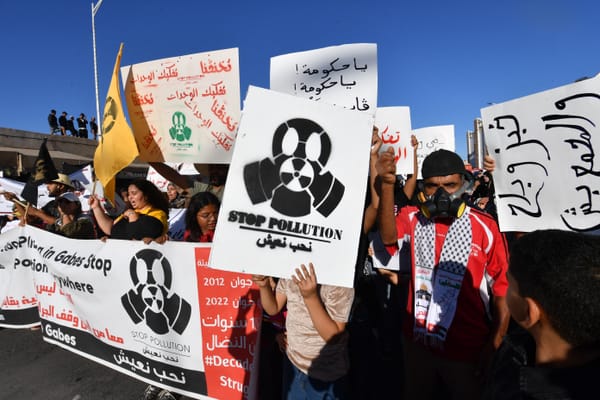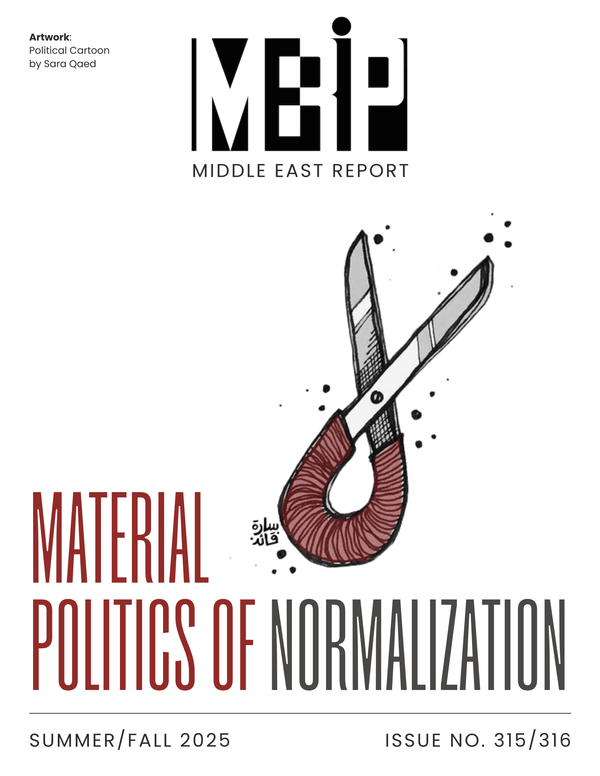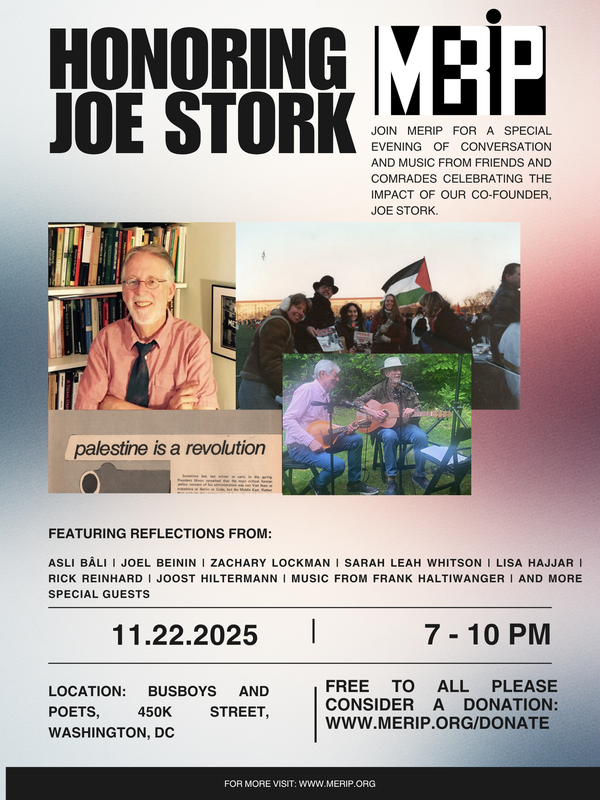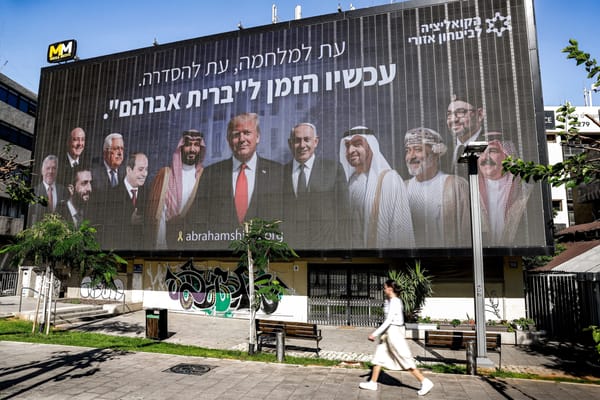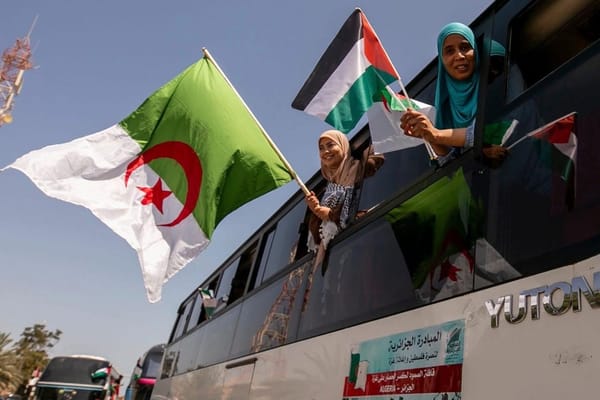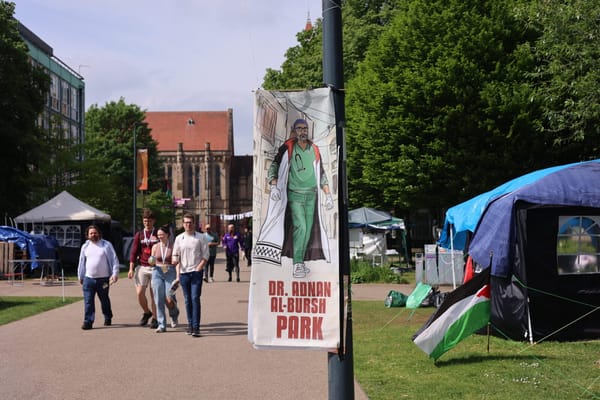From the Editors (September/October 1982)
It may never be possible to know who killed Bashir Gemayel. No one had more blood on their hands from the last eight years of civil war than the president-elect; his many enemies cut across the range of political and sectarian divisions in Lebanon. The circumstances and scale of the attack suggest t

